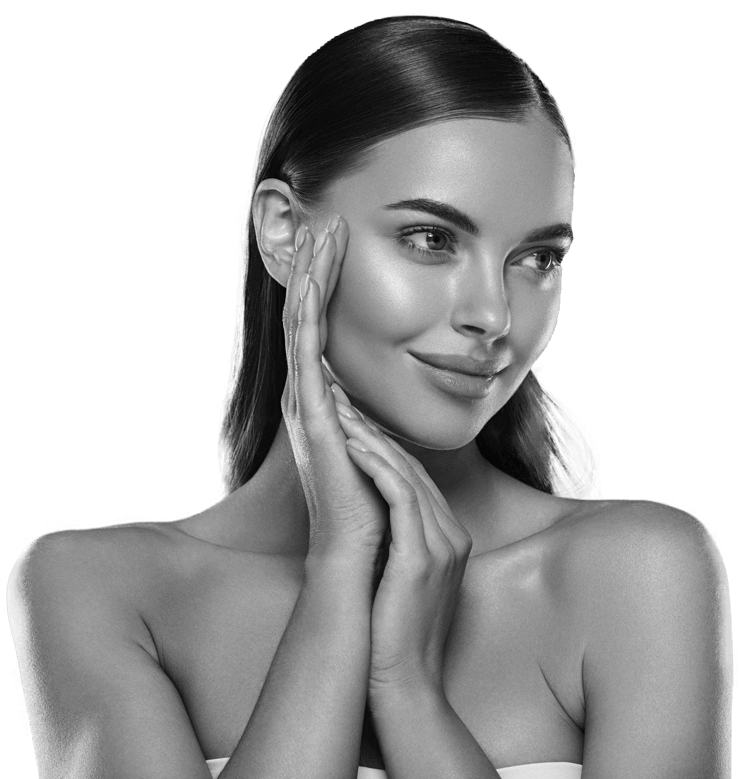
Acne Diagnosis and Treatment
The skin has tiny pores that can become blocked by bacteria, oil, dead skin cells and dirt which can lead to a pimple or ‘zit’. If this happens repeatedly then you may have a condition known as acne. Acne is the most common skin condition globally and it is also known to cause emotional distress due to its appearance.
Acne can appear almost anywhere on your body, but the most common parts are the face, neck, back, chest and shoulders.
Why would one need acne treatment?
Acne diagnosis is based on the history and physical examination of the patient. You will probably notice pimples that are white or black if you have acne. These pimples – the whiteheads and blackheads – are known as comedones.
When a diagnosis of acne is made, it is classified into one of four grades. Evaluation is made on the type of comedones present, breakout severity, amount of inflammation present, how widespread the acne is, and the areas of the body affected.
The evaluation also determines what class of acne a patient has, such as:
- Non-inflamed acne breakouts: These have open and closed comedones
- Inflamed acne breakouts: These have pustules, papules, nodules and/or cysts.
Acne Grades
- Grade I: This is the mildest form of acne. With mild acne, the skin displays blackheads, whiteheads (milia) and occasionally minor pimples. There is usually no inflammation and it can be cleared with over-the-counter treatments.
- Grade III: This is considered as moderate to severe acne. There is usually more inflammation present than with grade II acne. Pustules (whiteheads) and pastules are more numerous and there is a greater amount of redness found on the skin. This type of acne should be evaluated by your doctor, as it can be painful and also leave scars behind.
- Grade II: Grade II acne is usually considered as moderate acne. A greater number of whiteheads and blackheads are present on the skin than with grade I. Over-the-counter products may also be used to treat grade II acne, however, if after six to eight weeks there is no improvement, you should consult your doctor.
- Grade IV: This is the most severe type of acne. With grade IV acne your skin will display many cysts, pustules and nodules. Whiteheads and blackheads are usually numerous. There is pronounced inflammation, and breakouts can extend to areas other than the face, such as the neck, back and upper chest. Grade IV acne is also known as cystic acne and must be treated by a dermatologist.
Acne Treatment
Acne treatment regime usually depends on your age, the type and severity of your acne. The treatments are divided into three categories:
- Topical: These are medications you put on your skin, either prescriptions or over-the-counter products.
- Systematic: These are prescriptions oral medications.
- Procedural: These are treatments done at a doctor’s office.
Over the counter (OTC) Therapies
OTC acne treatment products can be good for breakout-prone skin, but the trick is to find one that actually works for you by taking a look at the active ingredients. An effective OTC acne treatment product should contain at least one of these ingredients:

- Salicylic acid: This works as an exfoliator, helps the skin to shed dead skin cells more effectively. It is best for non-inflamed outbreaks and for blackheads. It also aids other acne-fighting ingredients to penetrate the skin better.
- Benzoyl peroxide: This is an active ingredient in prescription acne medications. It introduces oxygen into the pores which kills bacteria associated with acne. It also helps in preventing breakouts by clearing the follicle of dead skin cells.
- Sulphur: This reduces skin oiliness, is anti-microbial and helps the skin slough away cells more effectively so as to prevent blocked pores. It is a good treatment for mild to moderate acne, including moderate inflammatory acne. But it is not effective to cystic breakouts or severe acne.
- Glycolic acid: This is a water-soluble alpha hydroxyl acid (AHA) that works to exfoliate the skin and speed up cell turnover. It also stimulates collagen production which reduces aging effects. But it makes your skin sensitive to the sun.
It is good to start with a single acne treatment product, and if needed, you can slowly add more.
Prescriptions
For acne that is not getting any better after three months of using OTC products, you should visit your doctor who may recommend treatment with stronger topical prescription medications.
Topical medications
Prescription topical medications are usually used to treat mild breakouts, severe acne and everything in between. Topical acne treatments come in many forms, from light water-based gels and creamy lotions to toner-like medicated pads and solutions.
Topical treatments for acne usually have one of the following ingredients:
- Azelaic acid: This reduces acne bacteria, helps in increasing shedding of skin cells and prevents hyperpigmentation when used as a gel or cream.
- Topical retinoids: These rapidly exfoliate the skin, prevent comedones and keep the pores unclogged.
- Topical antibiotics: They mainly target the skin bacteria associated with acne.
- Combination acne medications: Combining an antibiotic with topical agents.
Oral medication
These types of acne medications work internally and are typically prescribed for severe breakouts or cystic acne. When topical treatments are not giving good results for less severe types of acne, oral acne medication can be used. They are available by prescription only and they include:
- Oral antibiotics: These are normally used strictly for between 3-6 months due to the rise of resistant bacteria.
- Isotretinoin: This drug is considered the most effective for severe acne. It is however not recommended for pregnant women.
Book a consultation with Dr Ali Razzak, leading Family Medicine Consultant and Aesthetics Expert in Dubai to know your options, cost and the next steps.
- Address The Residences at Marina Gate 1 King’s College Hospital, Dubai Marina
- Email bookings.mmc@kch.ae
- Phone +971 04 581 3222
- WhatsApp +971 50 839 5920
